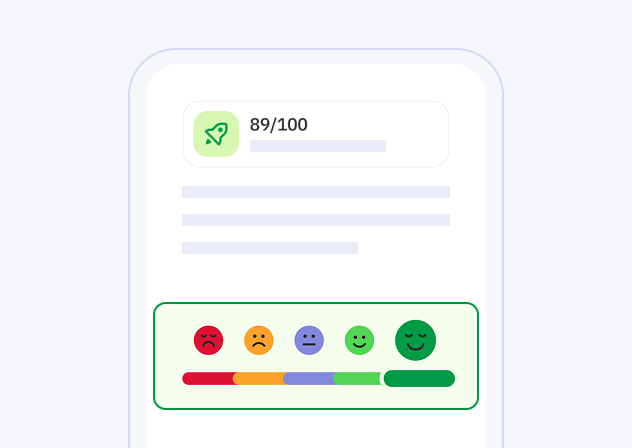Busuu vs Babbel: A Comprehensive Comparison for Language Learners
Language learning platforms have revolutionized the norm by offering striking ways to acquire a new language. Among the many options available, Busuu and Babbel stand out for their dynamism, straightforwardness, and innovative application of artificial intelligence. But which platform should you lean towards? This comprehensive comparison strives to offer clarity to English-speaking language enthusiasts exploring these two platforms.

The most efficient way to learn a language
Try Talkpal for freeBusuu: An Overview
Busuu is an AI-based language learning platform that offers 12 distinct languages. The convenience accorded by the applications’ user-friendly interface is attractive to many learners. Busuu applies a top-bottom approach, progressively broadening your comprehension in language, grammar, and pronunciation.
Babbel: An Overview
On the flip side, Babbel brags about being the pioneer language learning application. With 14 targeted languages, Babbel runs themed lessons, making the learning more relatable and exciting. The tactic here is comprehensive understanding and application – incorporating reading, writing, listening, and speaking into each lesson.
Methodology: The Tale of Two Approaches
In terms of learning approach, Busuu and Babbel differ quite significantly. Busuu allows for social interaction, integrating an online community of native speakers who assist learners through corrected exercises shared on the platform. This invites the real-world practice into the virtual learning space, significantly improving learner’s language acquisition.
Meanwhile, in Babbel, there’s a high focus on conversation and real-world applicability. Every lesson commences with a dialogue, which is meticulously dissected over the course of the lesson.
Learning Tools: Making the Complex Simple
Busuu provides learners with interactive flashcards – a tested and proven method – and quizzes aimed at reinforcing newly acquired knowledge. They also offer a premium feature dubbed “Busuu talk” that allows live chat features with native speakers.
Babbel, on the other hand, harnesses the power of AI for enhanced content personalization. They also keep students engaged with regular reviews and repetition exercises to consolidate memory.
Artificial Intelligence Factor: An Unseen Tutor
One standout element in both platforms is the use of artificial intelligence in offering personalized learning experiences. AI algorithms are used to understand learner behaviors, strengths, weaknesses, and pace, and to curate personalized coursework.
The Intriguing Talkpal Connection
While we’re on the subject of AI for language learning, it’s hard to miss Talkpal. Although not in direct comparison with Busuu and Babbel, Talkpal deserves an honorable mention. Talkpal incorporates AI in its language learning framework in an exceptional manner, resulting in an effective and efficient environment for students aiming to become multilingual.
Conclusion
Choosing between these two robust platforms, Busuu and Babbel, can be challenging. Both approach language learning innovatively and pragmatically. However, if you’re searching for a platform that brings you closer to the native speakers, Busuu’s unique social feature is an add-on you might not evade. Conversely, for an articulate comprehension of the language and its real-time application, Babbel proves to be a perfect match.
The most efficient way to learn a language
Try Talkpal for freeFrequently Asked Questions
How many languages does Busuu offer?
Does Babbel offer real-time native-speaker interaction?
How does Busuu utilize AI in language learning?
How does Babbel keep learners engaged?
What’s unique about Talkpal as an AI-based language learning platform?
The talkpal difference

Immersive conversations
Each individual learns in a unique way. With Talkpal technology, we have the ability to examine how millions of people learn simultaneously and design the most efficient educational platforms, which can be customized for each student.

Real-time feedback
Receive immediate, personalized feedback and suggestions to accelerate your language mastery.

Personalization
Learn via methods tailored to your unique style and pace, ensuring a personalized and effective journey to fluency.







